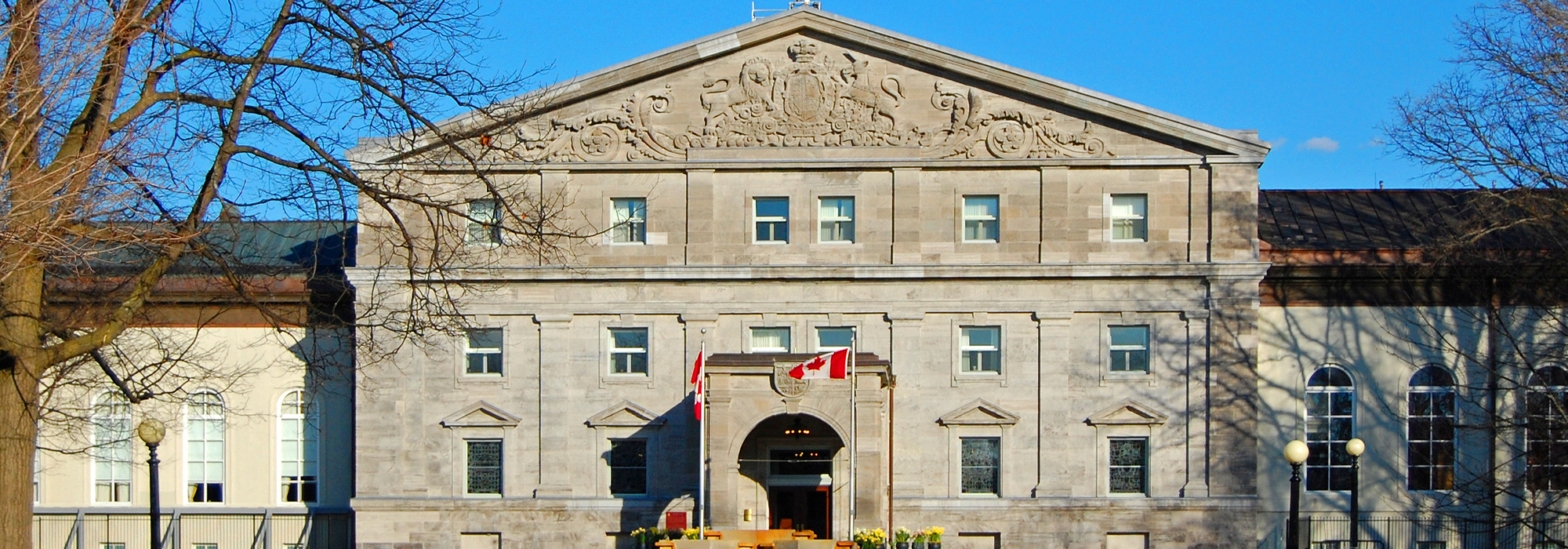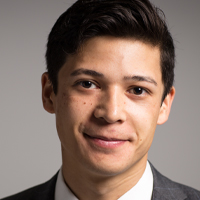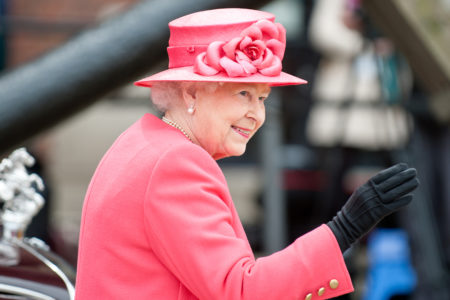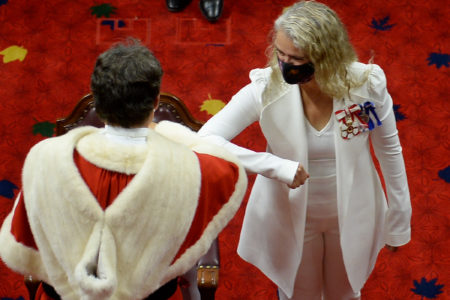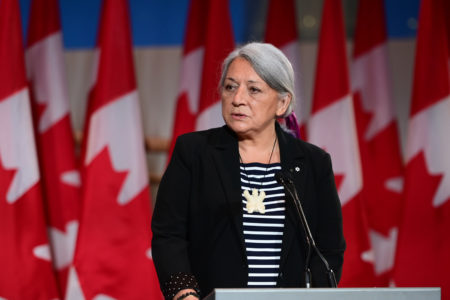
What to make of l’Affaire Payette? The consensus from the commentary thus far would suggest this is a process saga (an Ottawa favourite), but this episode reminds us that the office of Governor General is an important feature of our constitutional set-up. But absent from the discussion is what the Canadian Crown, as embodied by the Governor General, represents and reinforces. If we want to understand this institution and its pertinence in a 21st century Canadian state, Crown-focused scholars and practitioners (including those in and around the president of the Privy Council, now responsible for shepherding this appointment process) must consider what the Governor General is, not just who it is.
Picking the next Governor General is not simply an exercise in avoiding abuses in the workplace or in finding David Johnston’s doppelganger. It is more fundamental than that; it is about what the position stands and allows for, and about the way power is organized.
This is especially relevant in view of growing calls for Indigenous representation either in Rideau Hall or in the process that nominates the Queen’s next representative in Ottawa. Viceregal officers (the Governor General and the Lieutenant Governors) supposedly reflect society back to itself, but we are selective about which of those aspects we want reflected – nothing divisive, nothing controversial. Dignified, perhaps. Boring, we might even say.
Governors General and their provincial counterparts, regardless of whether they are white or not, cannot act outside the boundaries of whiteness. The coded referrals to tradition and heritage and the instinct to return to a Johnstonesque tenure (read: boring, uncontroversial) but with the veneer of BIPOC inclusion, is to rely on a limited expression of representational politics that reinforces and reproduces tokenistic diversity. It tells us that Canada’s political class is not adequately equipped to sustain this institution’s relevance.
Efforts to modernize the Canadian Crown can thus seem like a futile (or unnecessary, to some) exercise: a whiteness modernized is still a whiteness. Instead of being a unifying force, the Crown imposes a unitary vision of state, within which the promise of multiculturalism is neatly curated. It is a mirage, carefully constructed, to confirm the appropriate limits of so-called diversity. Diverse appointments make it appear that we are challenging the “old stock” narrative and the racism that underpins it when we are, in fact, expressly not changing the very structures that uphold that racism – the Crown through the office of Governor General being one of them. Representational politics is an ineffective tool if it does not address structural barriers. The whiteness of the viceregal offices in Canada is not a process problem that can be fixed with more diverse appointments; it is a structural problem that reveals how we expect them to represent Canadians.
Seen this way, the institution has been in decay for much longer than its most ardent defenders may admit. It will likely continue to reflect a white, settled colonial self-image. Indeed, even when the traditional viceregal structures attempt to be diverse or engage in reconciliatory work, they do so in a way that reflects what white, settler proponents of the institution think diversity and reconciliation should look like, and in a self-congratulatory manner. As long as the Crown functions within these confines, it will never truly be able to be an agent of diversity or reconciliation in any meaningful sense. Suffice to say, this is a heartbreaking spectacle for those hoping to find a truly representative institution.
Today, the drive for “dignified” diversity leads the “efficient” white powers to proclaim that it might be time for an Indigenous person to personify the Canadian state in the name of reconciliation. How, exactly, is this supposed to work?
Let us look, for instance, at the power dynamics, however symbolic, of white, male first ministers appointing non-white viceroys. These appointments garner plaudits but effectively remind the public of the powerlessness of these officeholders. For example, when Michaëlle Jean was Governor General, she spoke about the importance of a Black, francophone, immigrant woman stepping into such a position of power, however symbolic. She reminded us (and again more recently) that this country, in the name of the Crown, has systematically denied people like her high office in every branch of state. That was her cue for Canadians to have a broader, national discussion about overcoming very serious challenges to inclusion in this country, as we might expect of a head of society to invite us to do. But we dismissed her on account of a technicality: that she was not our head of state; she was only a representative. To use 19th century essayist Walter Bagehot’s famed terminology, Canada trumpets its diverse “dignified” offices, while keeping the “efficient” ones lily white.
Today, the drive for “dignified” diversity leads the “efficient” white powers to proclaim that it might be time for an Indigenous person to personify the Canadian state in the name of reconciliation. How, exactly, is this supposed to work? The Crown cannot be ready for reconciliation because even at its most performative state, it remains incapable of reconciling its assertion of sovereignty with the pre-existing sovereignty of Indigenous nations and peoples on this land. We would be asking Indigenous officeholders to accept a humility we might never impose upon the Crown: that their claims to this territory might not be absolute. Here again, this is a structural problem, yet the discussions are about processes and committees – perhaps a predictable Ottawa response to a, mostly, Ottawa question.
However, it is not clear that process-oriented solutions produce change in the way the Crown (dignified or efficient) honours its relations. Ontario’s Lieutenant Governor was selected from the famed committee process; New Brunswick’s was not. The Haudenosaunees’ courageous defence of 1492 Land Back Lane still stands. The Wolastoqey and Mi’kmaq chiefs in New Brunswick, where three-quarters of the territory is subject to active land claims, have deemed the province’s Aboriginal affairs minister persona non grata in their communities. Two different appointment processes, but neither of them has prompted the Crown to change the way it treats Indigenous peoples and nations.
Severing ties with Buckingham Palace will not magically fix Canada or its settler colonialism – it is something this country must resolve for itself.
This is what makes the question of who or what the Crown is a wholly Canadian problem. We cannot keep avoiding the conversation because the institution remains tied to the United Kingdom. Answering every question about the Crown with a “but the Queen” (either as a defence of the institution or as a reason to scrap it) is both insufficient and empty. Severing ties with Buckingham Palace will not magically fix Canada or its settler colonialism – it is something this country must resolve for itself. Windsor Castle telegrams did not instruct the invasion of Wet’suwet’en lands; similarly, poor wi-fi connections at Sandringham are not responsible for the federal government’s inaction over the past two decades to respect the Supreme Court’s Marshall decisions.
The Crown will continue to be central to the Canadian democratic system – the Constitution guarantees that. It will also continue to be integral to the Canadian-Indigenous dynamic, not only for the nations with whom Canada has treaty relations, but in the way that the Canadian state builds and rebuilds its relationship with other Indigenous nations. It is therefore incumbent upon us to ensure the Crown is adequately equipped to navigate this path forward.
One way might be to rearticulate Canadian-Indigenous relations as essentially diplomatic relations and all that that entails (even if we only start with processes and committees). That likely will require more (and different) administrative restructuring at Rideau Hall, though one suspects that the instinct to revert to what was in place in 2017, pre-Payette, may be tempting. Either way, we must hope that when the dust settles and those tasked with rebuilding the foundations of the office of the Governor General and its support structures take the reins that they are ready for the challenges ahead.
Photo: Rideau Hall in Ottawa. Shutterstock.com, by Wangkun Jia.



